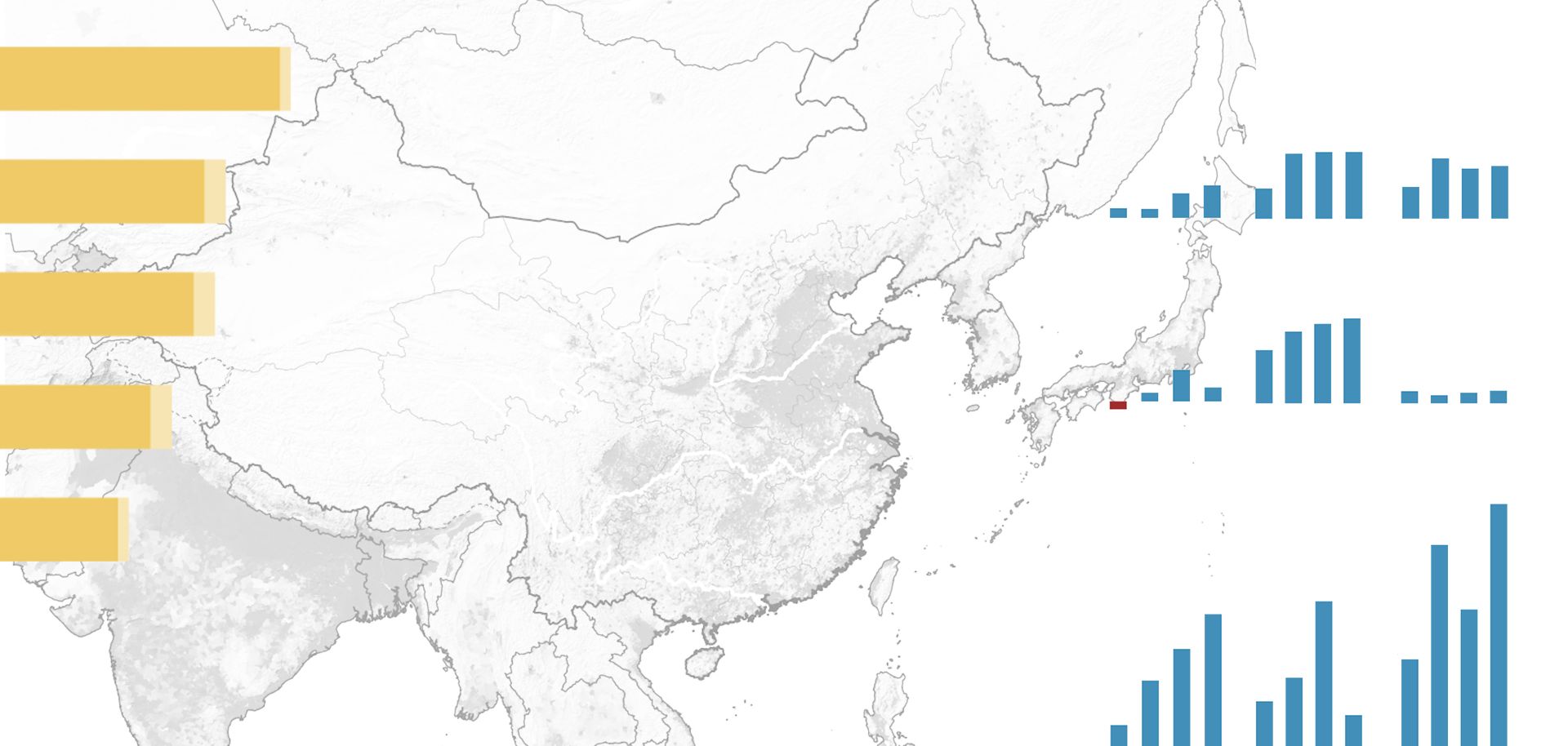
Just 20 years ago, the bulk of the Chinese air force consisted of vintage aircraft from the 1950s and 1960s. Now, China is on track to become the second country in the world to field a fifth-generation stealth fighter, a rather remarkable feat. As it is currently designed, the J-20 Mighty Dragon jet is a large fighter jet that boasts a considerable payload and fuel capacity, making it well-suited for operations requiring travel over long distances. Moreover, the aircraft is equipped with cutting-edge stealth technology, KLJ-5 Active Electronically Scanned Array radar, and infrared search and tracking systems.
But the Mighty Dragon is not without its flaws. Chief among them is the fact that it is underpowered: Chinese engineers expect the jet to someday run on the powerful WS-15 engine, but since it is still in development, initial batches of J-20 aircraft will likely be forced to make do with a modified version of the weaker Russian AL-31F engine. Because these engines cannot adequately support a heavy fighter like the J-20, they will reduce its ability to maneuver in combat. Furthermore, the Mighty Dragon is not as clandestine as other fifth-generation stealth fighters, such as the American F-22. (The latter is what is known as an all-aspect stealth fighter, boasting low detectability from all angles, while the J-20 has low detectability only from the front.)
The Mighty Dragon's strengths and weaknesses are emblematic of the Chinese air force's modernization at large. On one hand, Beijing has much to be proud of when it comes to its air capabilities. China is putting ever more capable fighter jets into production, including significantly upgraded versions of older models such as the J-10B, J-16 and J-11D. Meanwhile, it is also overhauling its bomber force, and new aircraft such as the H-6K are already being mass-produced. China is in the process of expanding its air-launched missile stockpile as well, and U.S. Gen. Herbert Carlisle has cited Beijing's development of variants such as the PL-15 beyond-visual-range missile as a compelling motive for Washington to improve its own air-to-air missiles. Finally, China is increasing its strategic and tactical transport capabilities.
Nevertheless, the Chinese air force still has a long way to go in a number of areas. Delays in engine development are slowing the evolution of transport and bomber aircraft as well as fighter jets. China is also well behind other major powers, such as the United States and Russia, in building a comprehensive aerial refueling force. Moreover, Beijing continues to rely on imports of foreign warplanes as it hashes out the final details of its own domestically made machines. The Chinese air force is still very much a work in progress.



